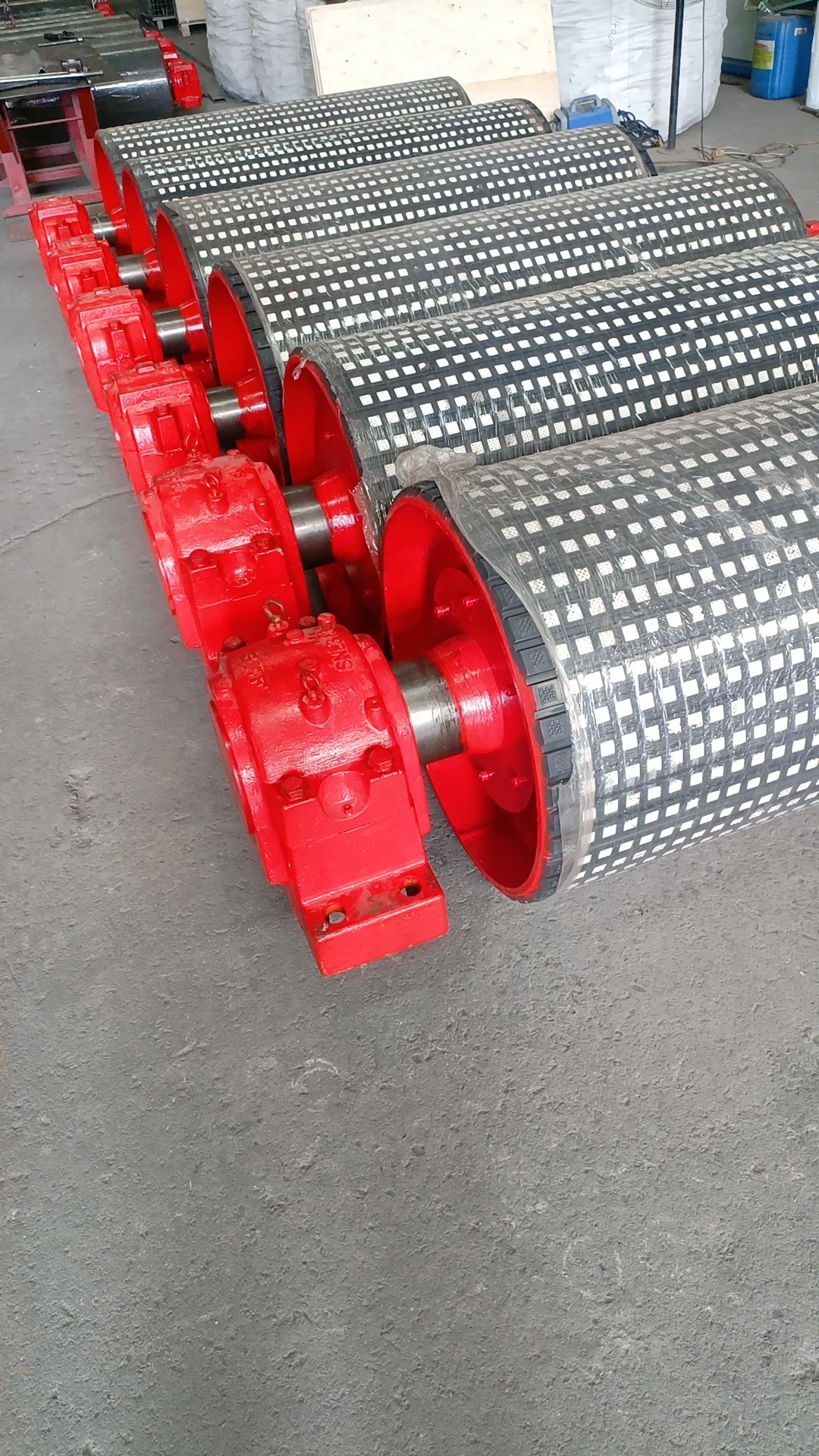 Afrikaans
Afrikaans  Albanian
Albanian  Amharic
Amharic  Arabic
Arabic  Armenian
Armenian  Azerbaijani
Azerbaijani  Basque
Basque  Belarusian
Belarusian  Bengali
Bengali  Bosnian
Bosnian  Bulgarian
Bulgarian  Catalan
Catalan  Cebuano
Cebuano  Corsican
Corsican  Croatian
Croatian  Czech
Czech  Danish
Danish  Dutch
Dutch  English
English  Esperanto
Esperanto  Estonian
Estonian  Finnish
Finnish  French
French  Frisian
Frisian  Galician
Galician  Georgian
Georgian  German
German  Greek
Greek  Gujarati
Gujarati  Haitian Creole
Haitian Creole  hausa
hausa  hawaiian
hawaiian  Hebrew
Hebrew  Hindi
Hindi  Miao
Miao  Hungarian
Hungarian  Icelandic
Icelandic  igbo
igbo  Indonesian
Indonesian  irish
irish  Italian
Italian  Japanese
Japanese  Javanese
Javanese  Kannada
Kannada  kazakh
kazakh  Khmer
Khmer  Rwandese
Rwandese  Korean
Korean  Kurdish
Kurdish  Kyrgyz
Kyrgyz  Lao
Lao  Latin
Latin  Latvian
Latvian  Lithuanian
Lithuanian  Luxembourgish
Luxembourgish  Macedonian
Macedonian  Malgashi
Malgashi  Malay
Malay  Malayalam
Malayalam  Maltese
Maltese  Maori
Maori  Marathi
Marathi  Mongolian
Mongolian  Myanmar
Myanmar  Nepali
Nepali  Norwegian
Norwegian  Norwegian
Norwegian  Occitan
Occitan  Pashto
Pashto  Persian
Persian  Polish
Polish  Portuguese
Portuguese  Punjabi
Punjabi  Romanian
Romanian  Russian
Russian  Samoan
Samoan  Scottish Gaelic
Scottish Gaelic  Serbian
Serbian  Sesotho
Sesotho  Shona
Shona  Sindhi
Sindhi  Sinhala
Sinhala  Slovak
Slovak  Slovenian
Slovenian  Somali
Somali  Spanish
Spanish  Sundanese
Sundanese  Swahili
Swahili  Swedish
Swedish  Tagalog
Tagalog  Tajik
Tajik  Tamil
Tamil  Tatar
Tatar  Telugu
Telugu  Thai
Thai  Turkish
Turkish  Turkmen
Turkmen  Ukrainian
Ukrainian  Urdu
Urdu  Uighur
Uighur  Uzbek
Uzbek  Vietnamese
Vietnamese  Welsh
Welsh  Bantu
Bantu  Yiddish
Yiddish  Yoruba
Yoruba  Zulu
Zulu Understanding the Functionality and Design of Conveyor Drums in Material Handling Systems
The Role of Conveyor Drums in Material Handling Systems
Conveyor systems have become an essential part of various industries, streamlining the process of moving materials efficiently. One of the critical components of these systems is the conveyor drum, also known as the conveyor pulley. The conveyor drum plays a pivotal role in the overall functionality of the conveyor system, enabling it to transport materials seamlessly across diverse applications, from manufacturing to logistics.
What is a Conveyor Drum?
A conveyor drum is a cylindrical component that serves as the driving force in a conveyor system. It is typically mounted at either end of a conveyor belt. Depending on its position, it can act as a drive drum, where power is transferred to the belt through a motor, or as a tail drum, which helps to support and guide the belt. The drum is usually constructed from robust materials such as steel or aluminum to withstand heavy loads and harsh operating conditions.
Importance of Conveyor Drums
The significance of conveyor drums cannot be overstated
. They are essential for several reasons1. Driving Mechanism The primary function of the drive drum is to facilitate the movement of the conveyor belt. When the motor engages the drive drum, it rotates, propelling the belt forward and allowing materials to be transported efficiently.
2. Belt Alignment and Tension Conveyor drums play a crucial role in maintaining the correct tension and alignment of the conveyor belt. Proper tension is vital to prevent slippage and ensure that the belt operates smoothly over the drum surface. Misaligned belts can lead to increased wear and tear, ultimately reducing the lifespan of the conveyor system.
3. Support The drums also provide essential support to the belt. They bear the weight of the materials being transported, which helps to prevent sagging and potential damage to the belt. A well-supported conveyor belt contributes significantly to optimal performance.
conveyor drum

4. Durability and Maintenance The materials used in manufacturing conveyor drums are designed to withstand wear from repetitive use. Regular maintenance of these drums, including checking for wear and replacing the bearings, is crucial in ensuring that the conveyor system operates at peak efficiency.
Types of Conveyor Drums
Conveyor drums come in various types, each tailored to specific applications and environments. Here are some common types
- Drive Drums Equipped with a motor, these drums are designed to transfer power to the belt and initiate movement.
- Tail Drums Located at the end of the conveyor system, tail drums support the return section of the belt and assist in its alignment.
- Take-Up Drums These are adjustable drums that help maintain the correct tension in the conveyor belt. They are especially useful in systems where belt stretch is a concern.
- Idler Drums Found throughout the conveyor system, these drums support the weight of the belt and materials. They reduce friction and wear on the belt and ensure smooth operation.
Conclusion
Conveyor drums are indispensable components of conveyor systems, playing a critical role in material handling processes across various industries. Their ability to drive, support, and align the conveyor belt makes them vital for efficient and effective operations. Whether in a manufacturing plant, a distribution center, or a mining operation, the reliability and performance of conveyor drums directly impact the efficiency and productivity of material transportation. As industries continue to evolve and demand for efficient logistics increases, the importance of properly designed and maintained conveyor drum systems will only grow, underscoring their significance in modern industrial operations. With an ongoing focus on innovation and sustainability, the future of conveyor drum technology looks promising, paving the way for enhanced efficiency in material handling.
-
Revolutionizing Conveyor Reliability with Advanced Rubber Lagging PulleysNewsJul.22,2025
-
Powering Precision and Durability with Expert Manufacturers of Conveyor ComponentsNewsJul.22,2025
-
Optimizing Conveyor Systems with Advanced Conveyor AccessoriesNewsJul.22,2025
-
Maximize Conveyor Efficiency with Quality Conveyor Idler PulleysNewsJul.22,2025
-
Future-Proof Your Conveyor System with High-Performance Polyurethane RollerNewsJul.22,2025
-
Driving Efficiency Forward with Quality Idlers and RollersNewsJul.22,2025





























